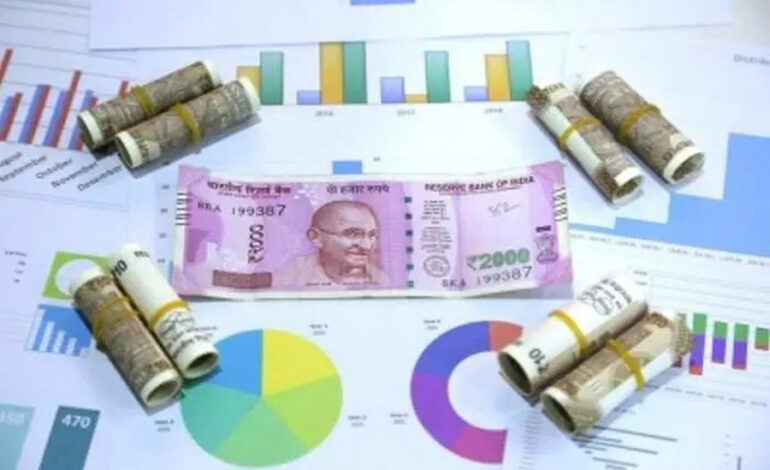Indian Alternatives Rise After Chinese Apps Ban

The ban on Chinese apps in India, including TikTok, has led to a surge in Indian alternatives, particularly in the short video platform segment. Let’s delve into how these Indian platforms have gained traction and their impact on content creators and users:
Shift to Indian Short Video Platforms
Following the ban on Chinese apps like TikTok, Indian creators swiftly migrated to domestic alternatives. Platforms like Moj, owned by Sharechat, emerged as popular destinations for creators like Vassundhara Pandita, who transitioned their content to continue engaging with their audience.
Monetization Opportunities and User Base
Indian short video platforms have introduced monetization practices, offering creators incentives based on their reach and followers. Unlike some Chinese apps, Indian platforms allow creators to retain earnings from paid partnerships independently. However, the challenge lies in the limited market size compared to global platforms like TikTok.
Rise of Indian Digital Businesses
Established Indian digital businesses seized the opportunity to fill the void left by banned Chinese apps. Platforms like Sharechat, Dailyhunt, MXPlayer, Gaana, and Zee5 launched Made-In-India alternatives, competing for user engagement and market share in the short video space.
Competition and Technological Challenges
Despite the growth of Indian platforms, challenges remain in terms of technological innovation and user experience. While Instagram and YouTube entered the short video domain, they face hurdles in matching TikTok’s algorithmic prowess and content discovery features.
Pros and Cons of Indian Alternatives
Indian platforms offer fair income opportunities to creators but struggle with market fragmentation and technological limitations. While Instagram’s Reels feature integrates short videos into its platform, concerns linger regarding its monetization capabilities compared to TikTok.
Future Outlook and Potential Return of TikTok
Content creators have embraced Indian alternatives, yet the potential return of TikTok to India remains a topic of interest. Despite controversies, creators acknowledge the platform’s impact and await developments in the Indian market.
Impact Beyond Short Video Platforms
The ban on Chinese apps spurred the adoption of Made-In-India alternatives across various segments. Platforms like Koo emerged as alternatives to Twitter, while apps like Kaagaz Scanner replaced popular Chinese apps like CamScanner, reflecting a broader shift towards domestic solutions.
Ongoing Developments and Market Dynamics
As Indian platforms evolve and compete globally, the landscape of digital innovation and user preferences continues to evolve. The ban on Chinese apps acted as a catalyst for indigenous solutions, driving growth and innovation in India’s digital ecosystem.
In conclusion, the ban on Chinese apps catalyzed the rise of Indian alternatives across multiple segments, showcasing the country’s capacity for digital innovation and entrepreneurship. As the market evolves, continued focus on user experience, monetization, and technological advancements will shape the future of India’s digital landscape.




